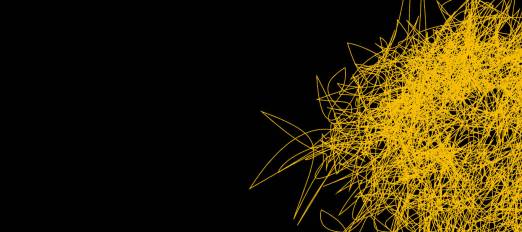Bricks + Mortals turns the buildings of UCL Bloomsbury Campus into an exhibition, uncovering a history hidden in plain sight. Walk this self-directed route to discover the pivotal role UCL played in establishing the science of eugenics.
As at many universities, the buildings on the main campus of UCL, in the heart of London's Bloomsbury district, were named after famous historical figures. In most cases, these building names commemorated the notable contributions of academics at the University.
Amongst these are Lecture Theatre 115 (formerly named the Galton Lecture Theatre), the North-West Wing (formerly named the Pearson Building) and the Petrie Museum. The contributions Francis Galton, Karl Pearson and Flinders Petrie made to biometrics, genetics, statistics and archaeology are well known in those fields and beyond. What is less well known is their contribution to developing, establishing and legitimising the science of eugenics. Eugenics – the science of improving human populations through selective breeding – is generally associated with the Nazis, but in fact has its roots in Britain. It had its roots at UCL. The story of these origins is seldom told.
Bricks and Mortals sets out to tell that story. By incorporating the characters that UCL buildings were named after and exploring their relationships and research, the exhibition uncovers a history hidden in plain sight. The exhibition and podcast – which takes the form of a walking tour – describe how eugenics developed from its origins in Victorian Britain through to the progressive political movements of the 20th century, and examines the impact of these ideas on our lives in the 21st.
Please note, this podcast refers to former building names, which have since changed based on recommendations from the commissioned Inquiry into the History of Eugenics at UCL, published in 2020.
In 2018, UCL's previous President & Provost, Professor Michael Arthur, commissioned an inquiry led by Professor Iyiola Solanke of the University of Leeds, to look at UCL’s historical role in, and current teaching and study of the history of eugenics, as well as how UCL’s benefit from any financial instruments linked to the study of eugenics now.
The Inquiry's report and its recommendations were published on 28 February 2020 and accepted in principle by the university. UCL has established a working group to consider how the university can respond to the recommendations. On 7 January 2021, UCL issued a formal public apology for its history and legacy of eugenics, as part of a range of actions to acknowledge and address its historical links with the eugenics movement.
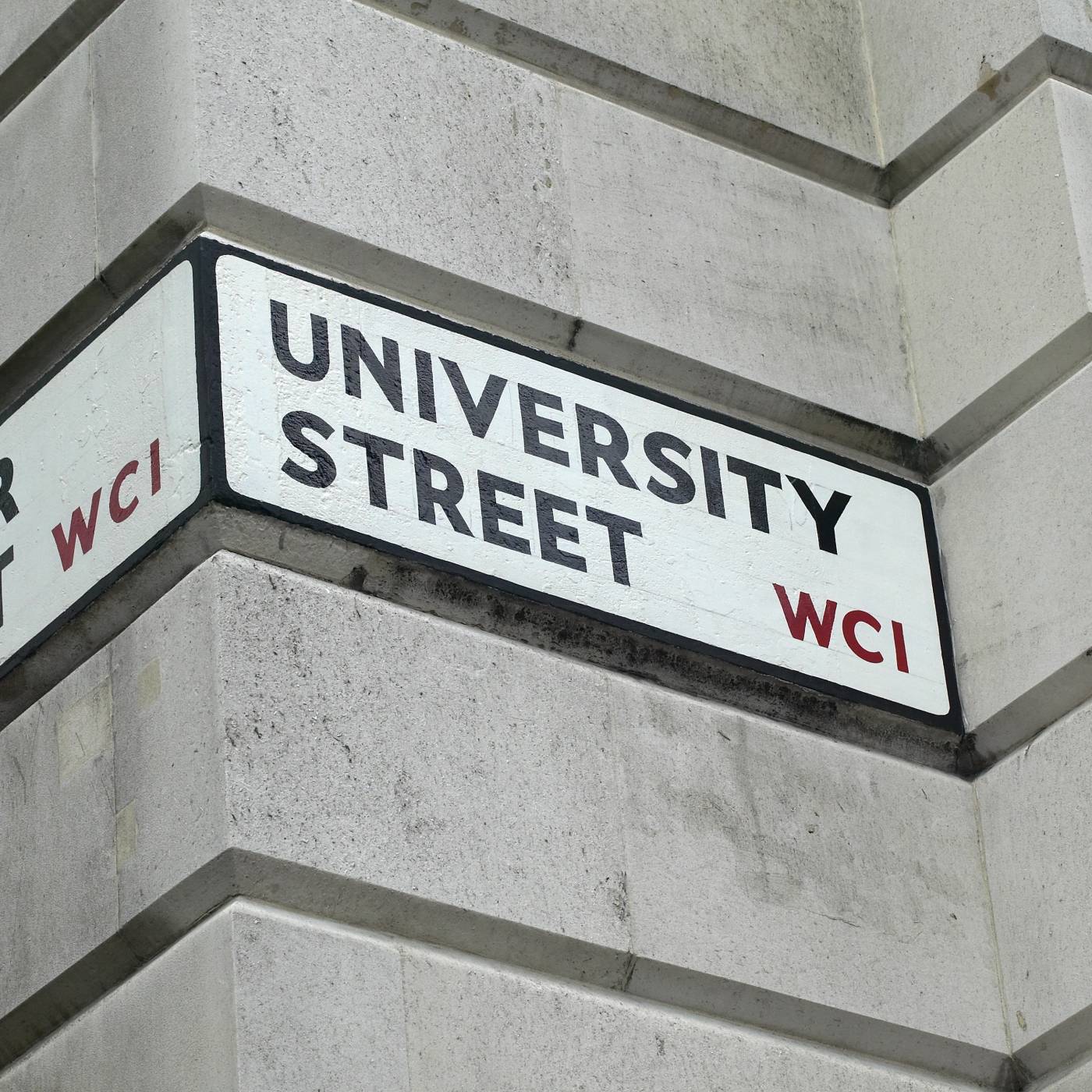
Bricks + Mortals turns the buildings of the Bloomsbury campus into an exhibition, uncovering a history hidden in plain sight.
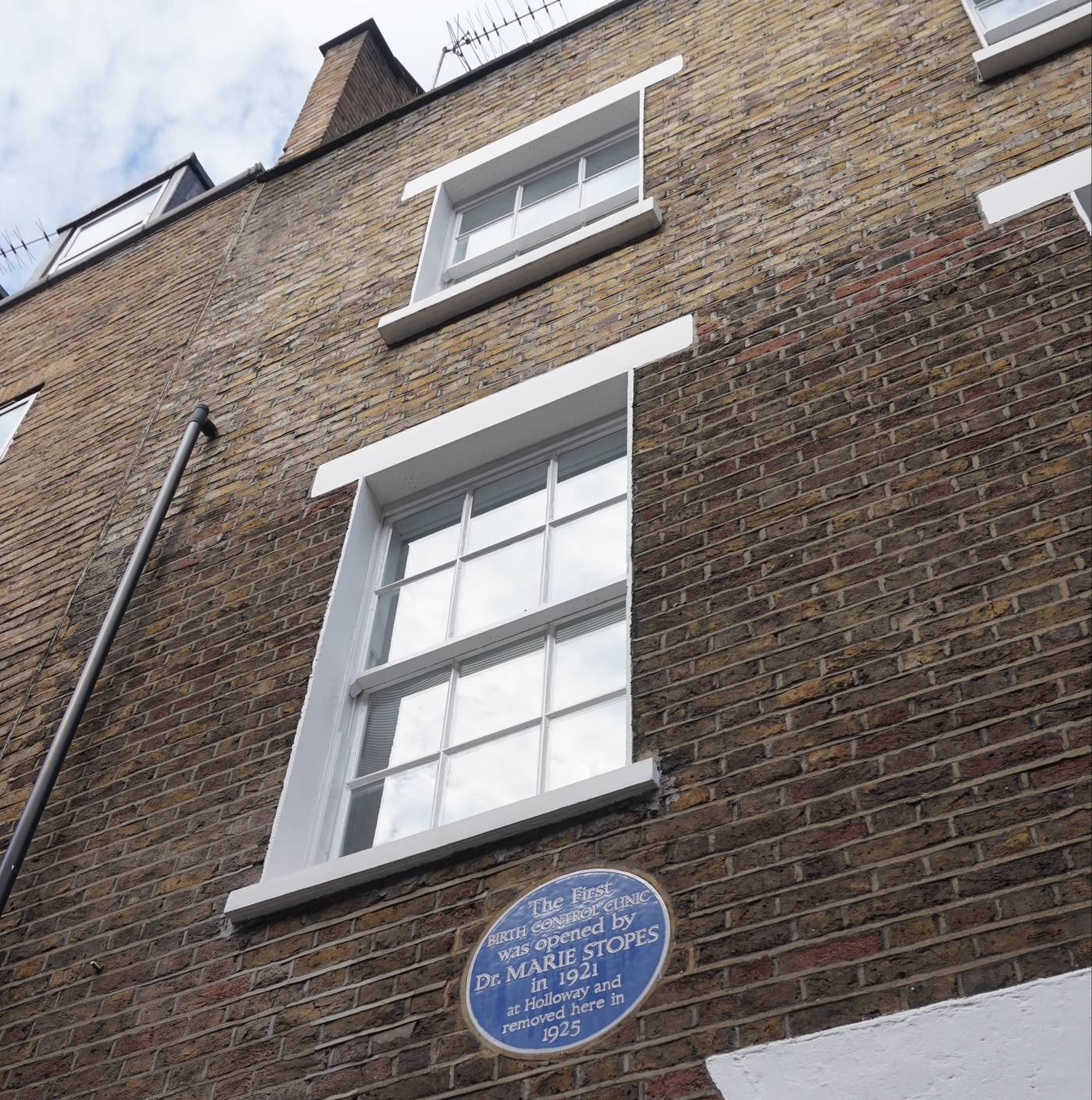
In the early half of the 20th century, UCL graduate Marie Stopes campaigned for birth control, 'racial progress' and eugenics.
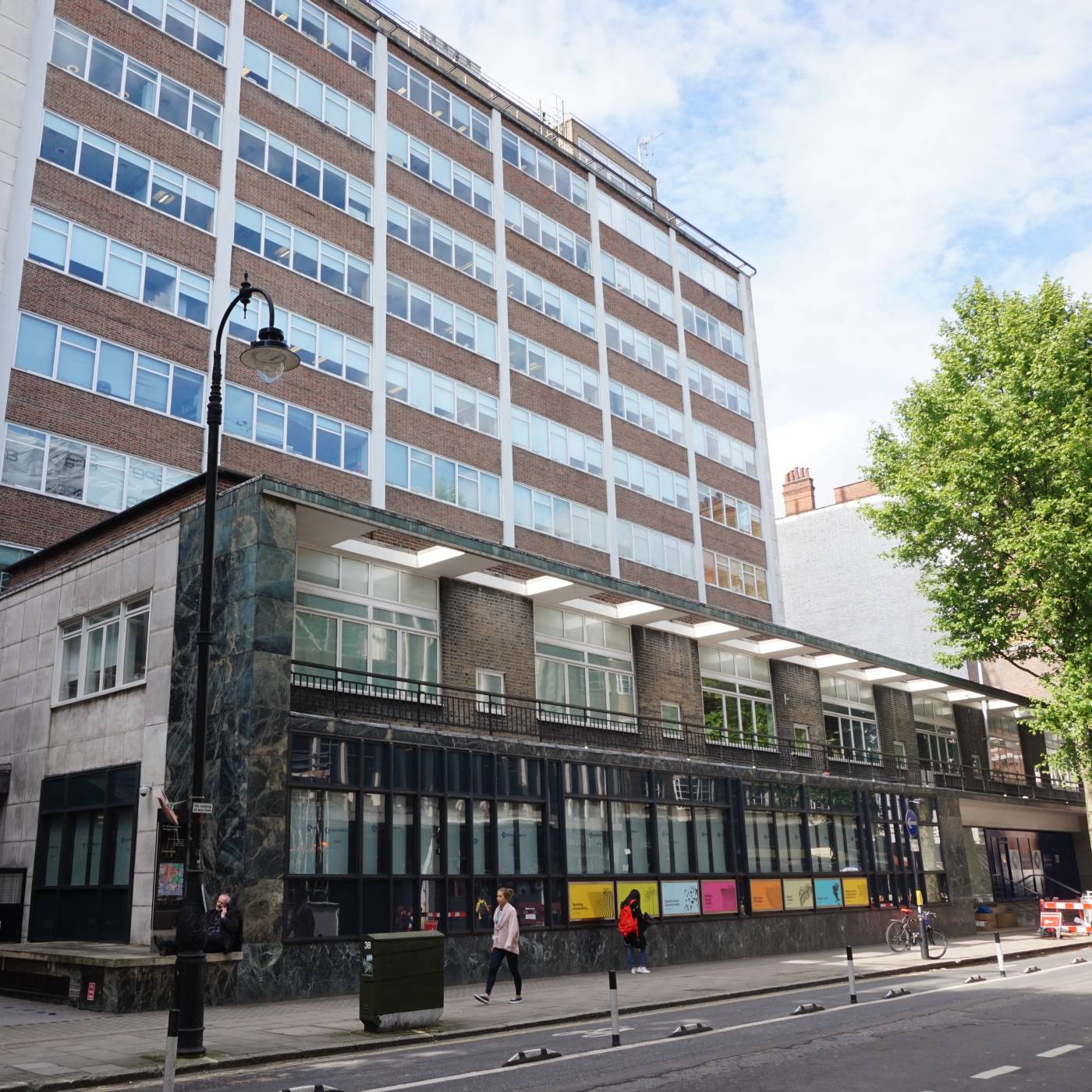
This building contains Lecture Theatre 115, formerly the Galton Lecture Theatre, after Sir Francis Galton.
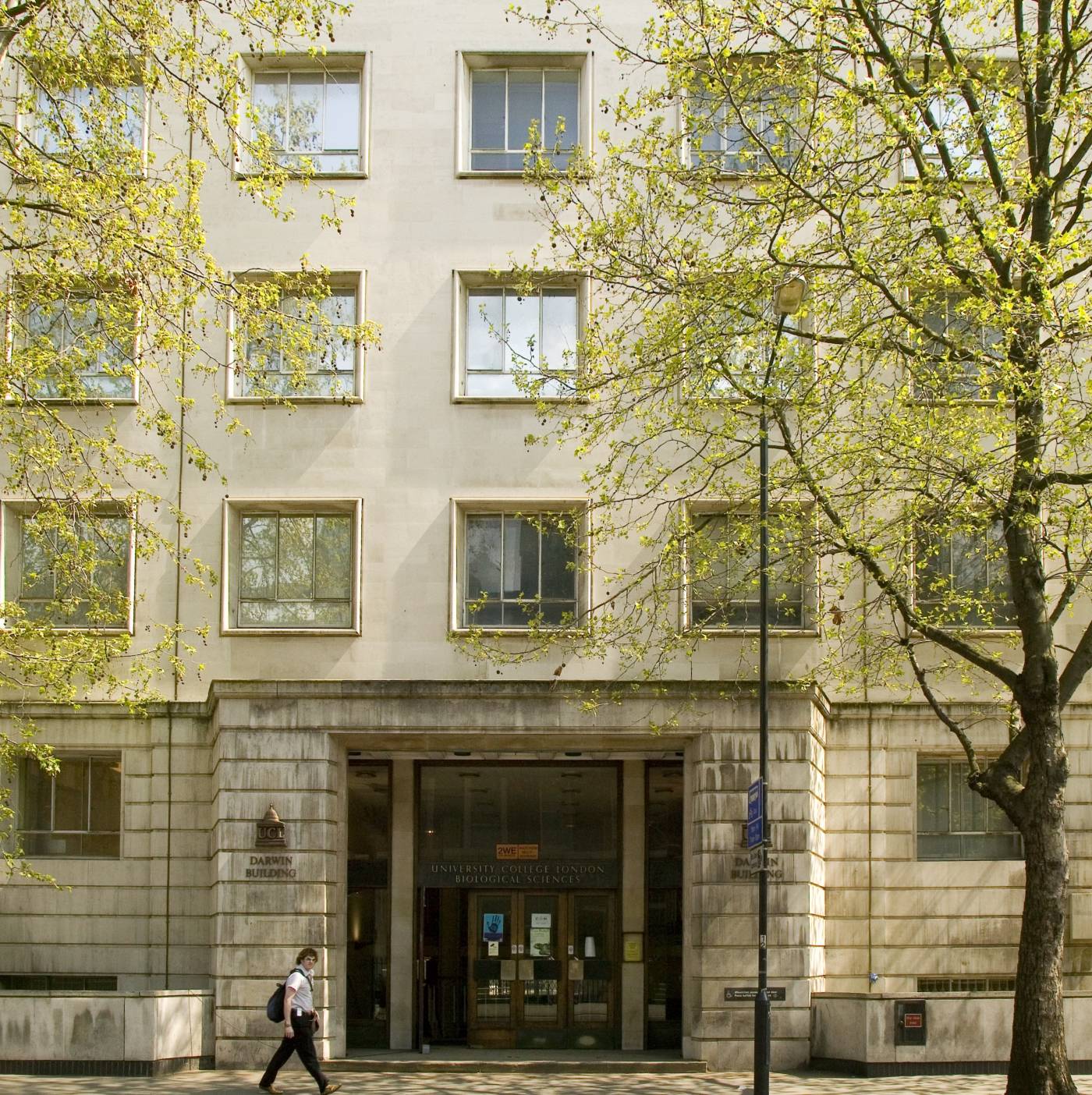
This building is named after the renowned biologist Charles Darwin, who espoused his cousin Galton's ideas about eugenics.
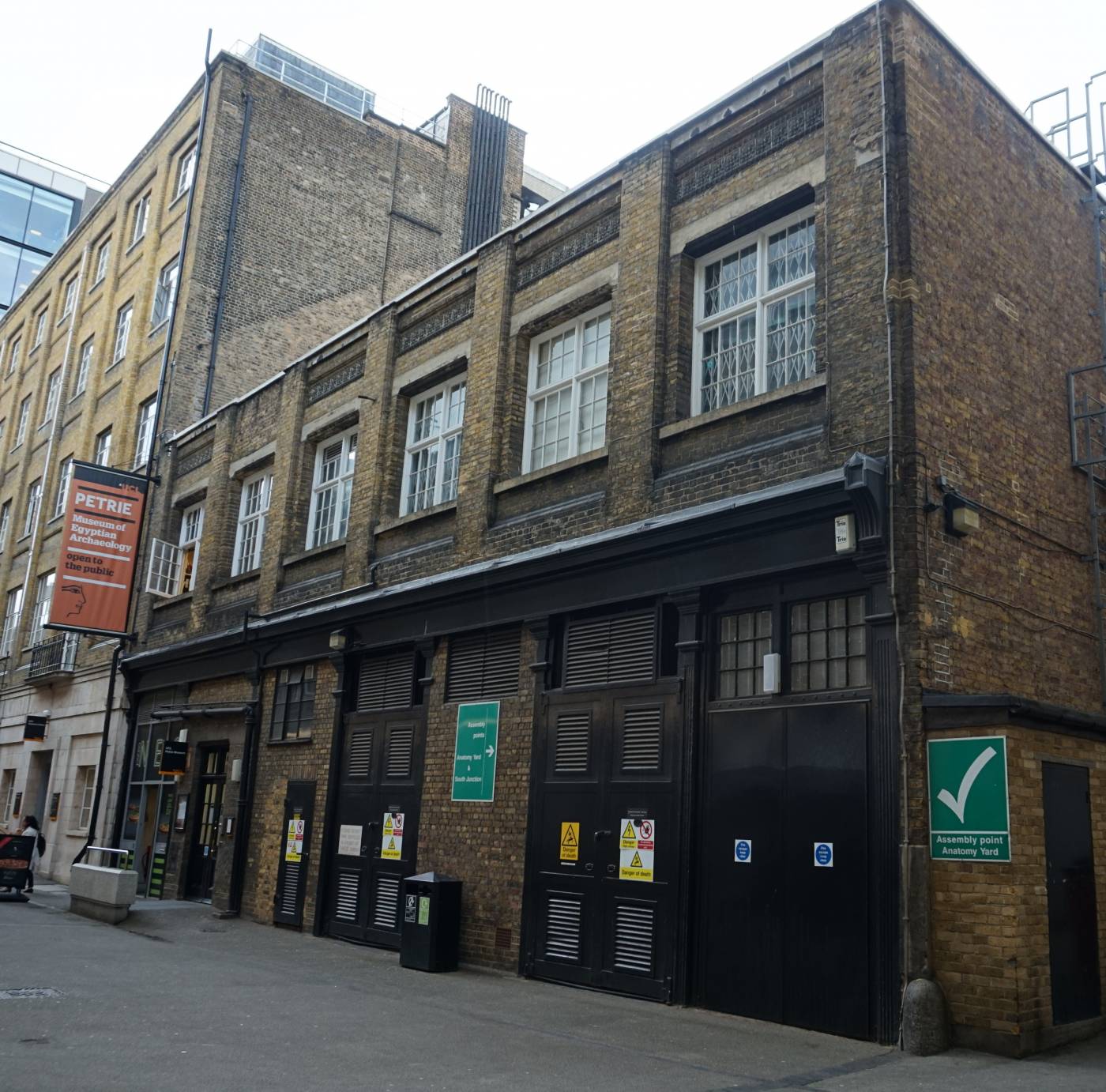
This museum is named after Flinders Petrie, the 'Father of Modern Archaeology' and a eugenicist.
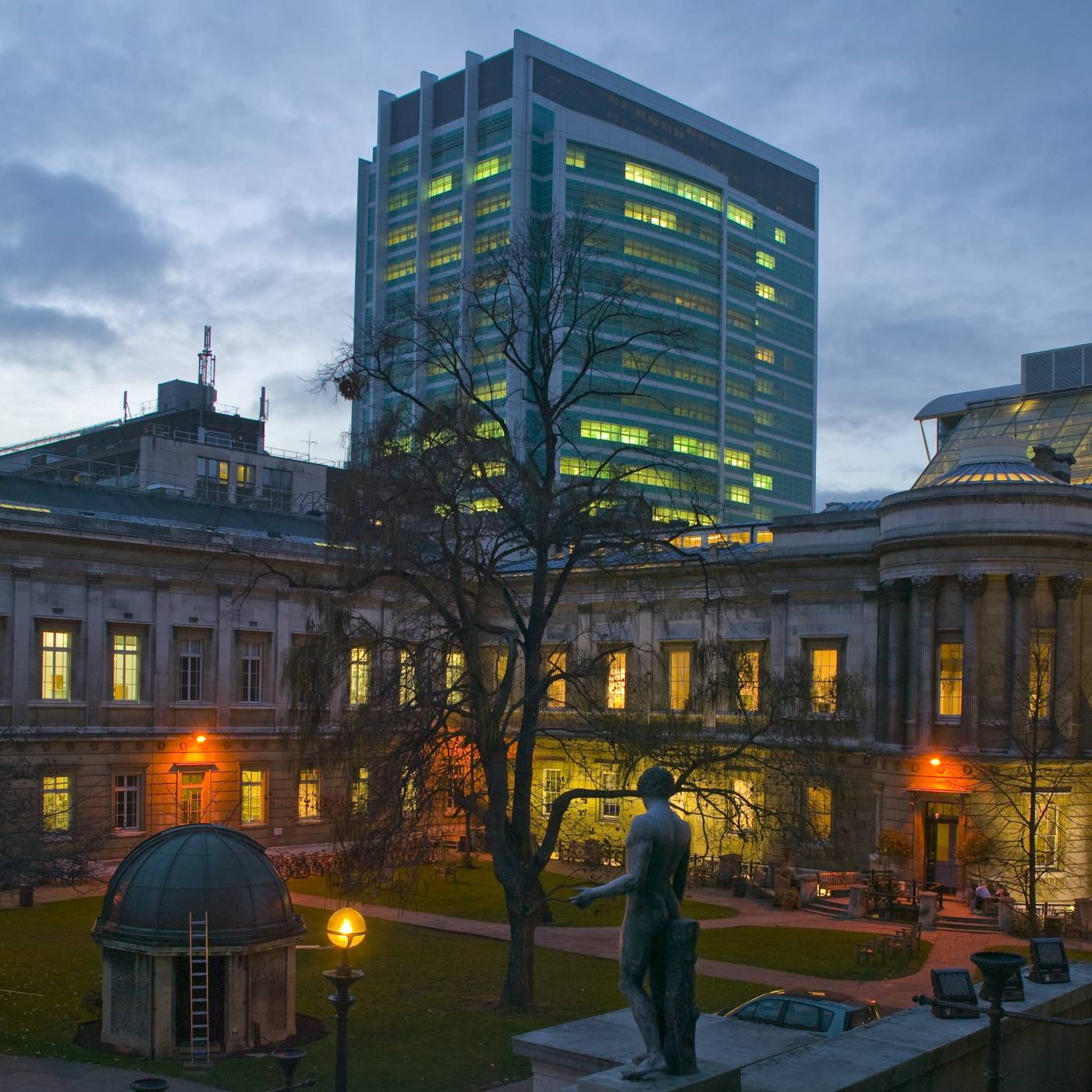
The North-West Wing was formerly named the Pearson Building after Karl Pearson, UCL’s founding Professor of Eugenics.
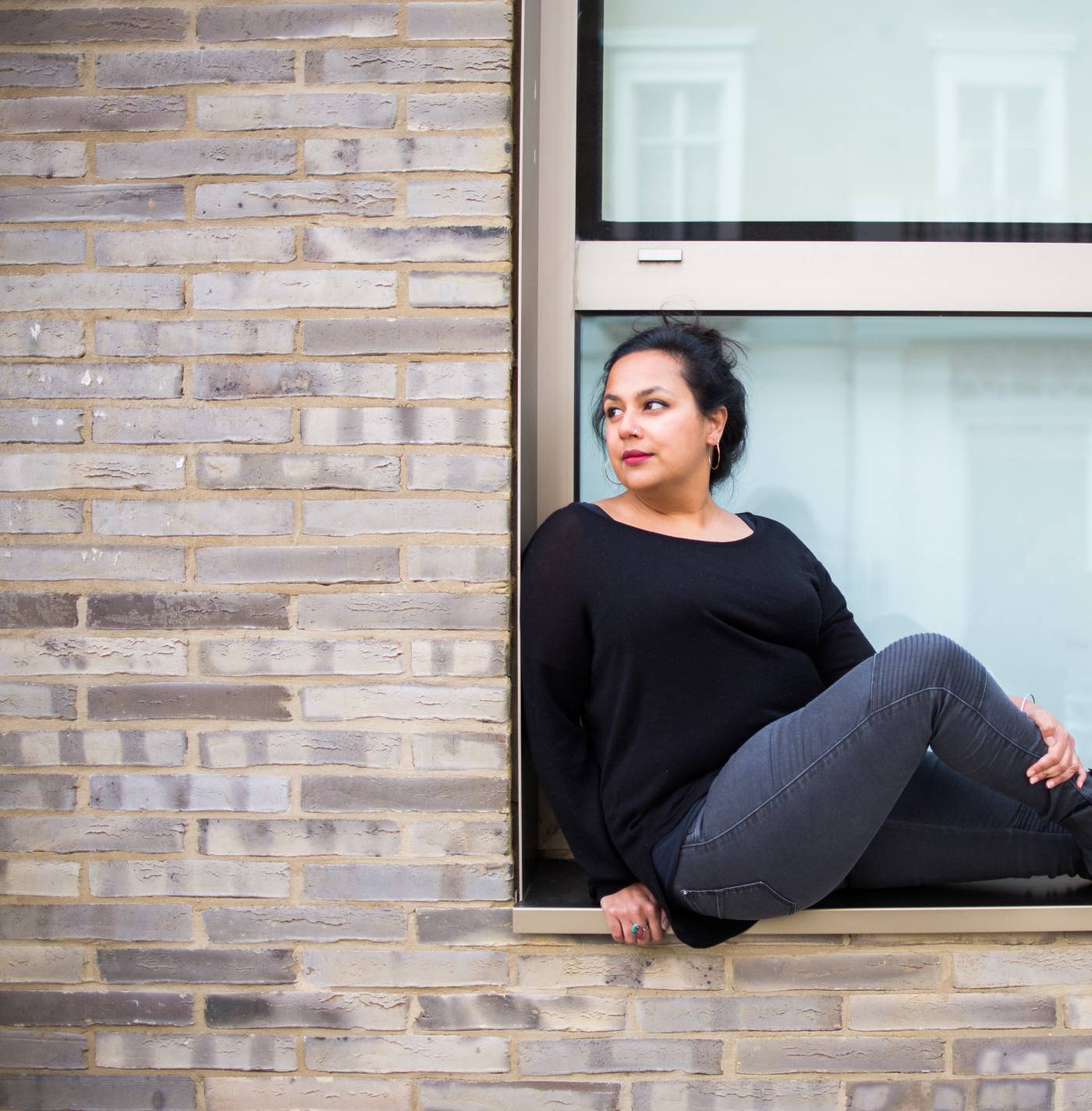
There was a comedy show at the Bloomsbury Studio to launch the exhibition, featuring UCL Collections Curator, Subhadra Das.
The BRICKS + MORTALS Podcast
BRICKS + MORTALS uncovers a history hidden in plain sight. UCL Culture Curator Subhadra Das tells the story of the pivotal role UCL played in establishing the science of eugenics and considers how we have chosen to remember it through building names.
You can download the full podcast, including directions with will take you around the Bloomsbury campus to look at buildings named after famous eugenicists and sites relating to the history of eugenics at UCL. The walk begins at Warren Street Tube Station and takes in:
- Ramsay Hall (for Marie Stopes House), Whitfield Street
- 1 - 19 Torrington Place
- 50 Gower Street
- The Darwin Building, formerly 88 Gower Street
- The Petrie Museum, Malet Place
- The Haldane Room, Wilkins Building Gower Street
- The North-West Wing, formerly the Pearson Building, Gower Street
Transcript
Chapters
Alternatively, you can listen to individual chapters from the podcast:
Eugenics – the science of improving human populations by selective breeding – is generally associated with the Nazis, but in fact has its roots in Britain.
Stopes is celebrated as a feminist icon and champion for birth control. Her eugenic motivations, however, are less well known.
In 1883, Galton coined the term ‘eugenics’, the study of human characteristics passed on through the generations with a view to improving the human species.
Galton’s Anthropometric Laboratory was re-established at the Eugenics Records Office at University College in 1904.
Charles Darwin and Francis Galton were cousins, and had more in common than is usually assumed, particularly when it comes to their views on eugenics.
Called ‘The Father of Modern Archaeology,’ Petrie worked closely with Karl Pearson and Francis Galton at UCL to establish eugenics as a science.
Alice Lee and Cicely D. Fawcett were two women ‘computers’ at UCL and both played key roles in establishing eugenics as a scientific discipline.
When telling the story of eugenics at UCL, it is safe to say that Karl Pearson – the statistician and first Professor of Eugenics – brought it here.
Moving forward from the legacy of eugenics at UCL by looking beyond the bricks and mortar.
 Close
Close


